As I am currently again in Northern Germany and especially in Lübeck, my friends like to go on tour with me. And nothing more interesting than a nice guided tour in a historic city like Lübeck. This one was about famous women during the centuries, born in the city or in some reason connected to the Hanseatic town.
We started our tour in the early afternoon in the townhall square in the center of the city. We were pretty many, more than 20 people, all women and only 3 men. Our guide was a very nice lady, obviously from Lübeck, and she guided us with a lot of enthusiasm. Every sentence showed her love for the city, she was all excited about these many women who were courageous for the period they lived in.
The range of different women our guide was talking about, started in the early Middle Age until the mid twentieth century.
One of the most interesting facts was about the beguines. I never heard about them before. They were founded in the 13th century and gave young women the possibility to ‘escape’ an undesired marriage or the convent. Both at that time were a kind of ultimate destination with no way out. The beguines’ houses gave the possibility to live in a religious way, protected from the outer world, but without vows. They could leave any time they wanted. In this semi-monastic community for women (they existed also for men, the beghards) they lived through voluntary poverty, they cared for the sick and poor and had a certain religious devotion – like nuns and monks. They existed in Germany, the Netherlands, France, Italy and Switzerland
There were five houses in Lübeck giving these women a shelter. We saw one of them, the ‘Kranenkonvent’. They lived from sponsors but also brought a good amount of money and property when entering the convent. In addition, they worked and were in light competition with the merchants of the city. The last(!) beguine died in 2013 at the age of 92.
But there were also many single women who had a very different life to the ‘common’ ones.
Gertrud Morneweg for example was the wife of a merchant who died, and she took over his business. She was one of the first active female merchants in Lübeck but later there were more who took over the businesses after the death of their husbands. There were also female guild masters.
Between the 16th and the 18th century there were 47 witch cases in Lübeck, but only 11 were killed. Most of them had to leave the city, or they simply were found not guilty. In 1643 Anna Kemper lost her head because she let her unwanted newborn die.
Interesting was Margaretha Elisabeth Jenisch who gave her money and life (daughter of a rich banker family) to poor children.
Lübeck had also a famous Opera singer: Luise Köster-Schlegel, who lived in the 19th century.
The list is long, our guide talked about so many women who all did something amazing, were strong in a man’s world and during hard times. Our walk ended after one and a half hours and included the whole inner city of Lübeck. We were lucky to have a warm and very sunny day. As a tourist guide by myself I am always a little sensitive about other tourist guides, and so I am more enthusiastic when I meet someone nice and really amazing like her. I hope there are other tours I can walk with her. For example the back yards which were homes for widows in the middle age.




Lübeck, Schleswig-Holstein/Germany:
For further information:
Women in Lübeck’s History (in German)
A little bit about Lübeck
Our tourist guide was:
Stephanie Ullrich, you can write her, she speaks English as well.





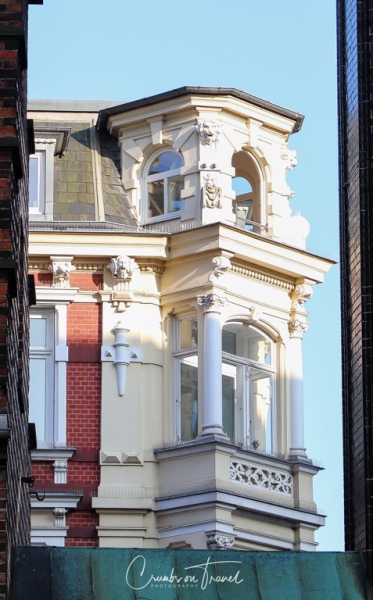

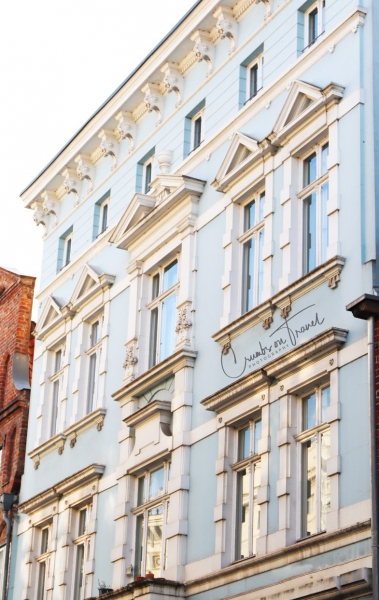
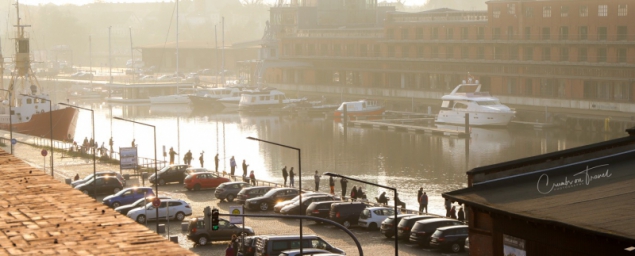





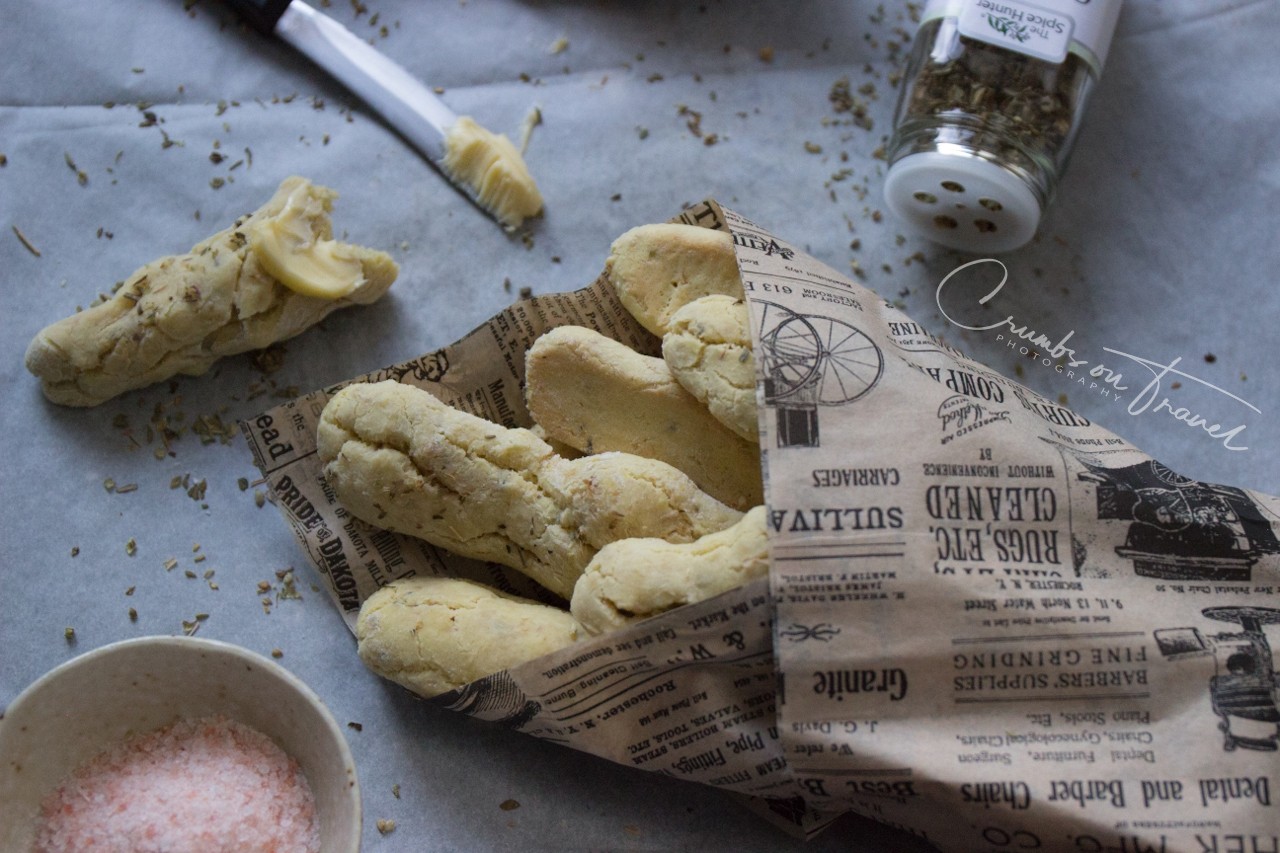


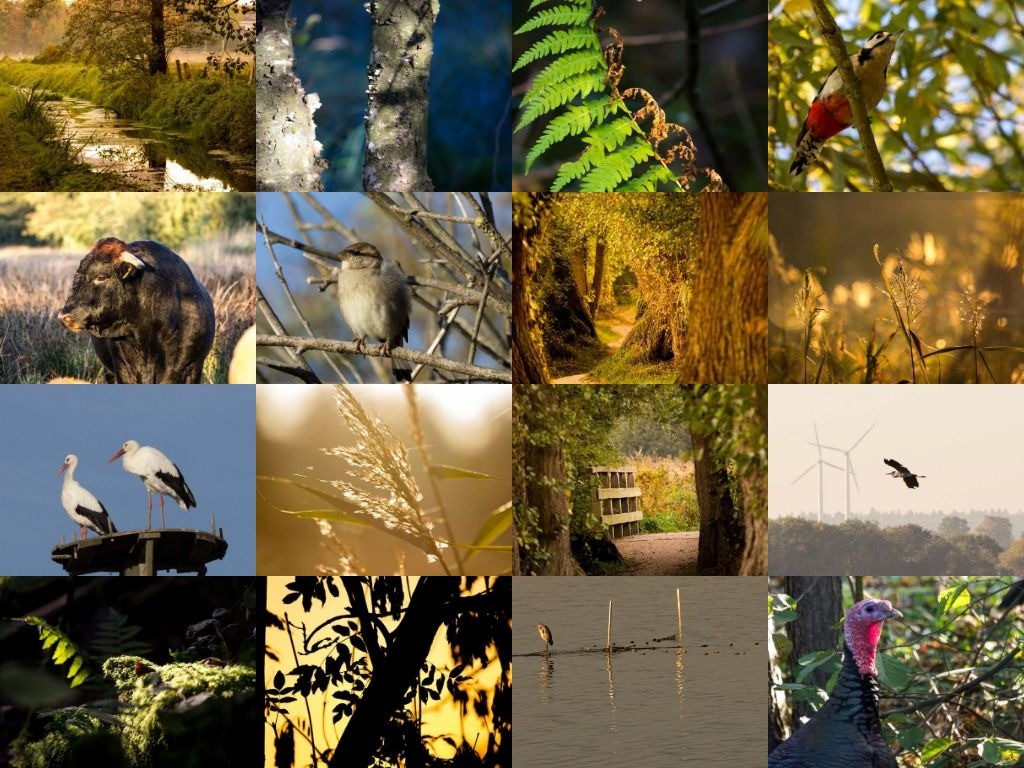
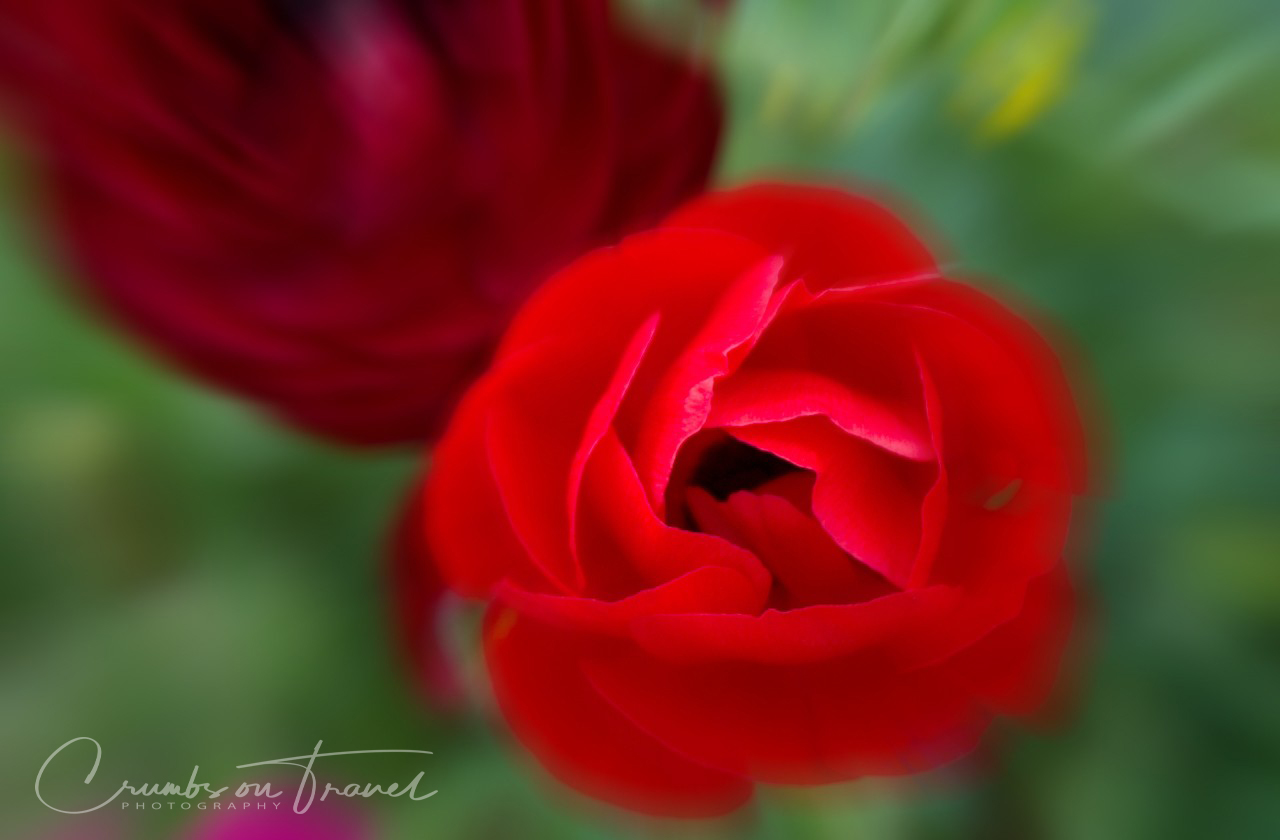

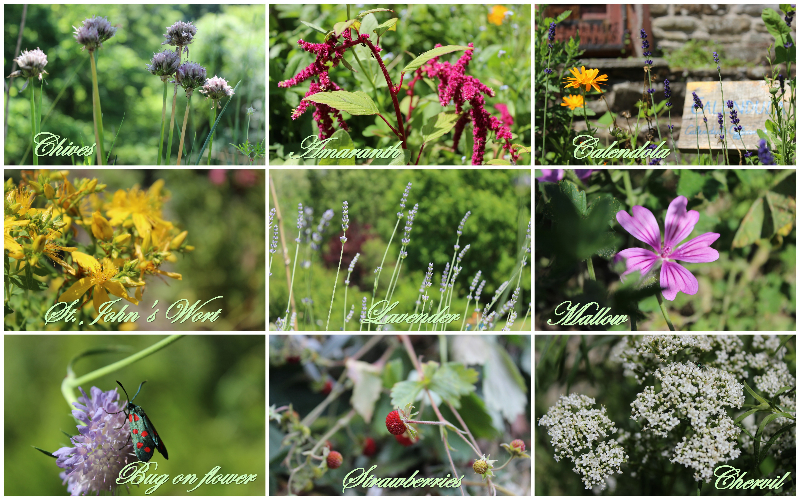


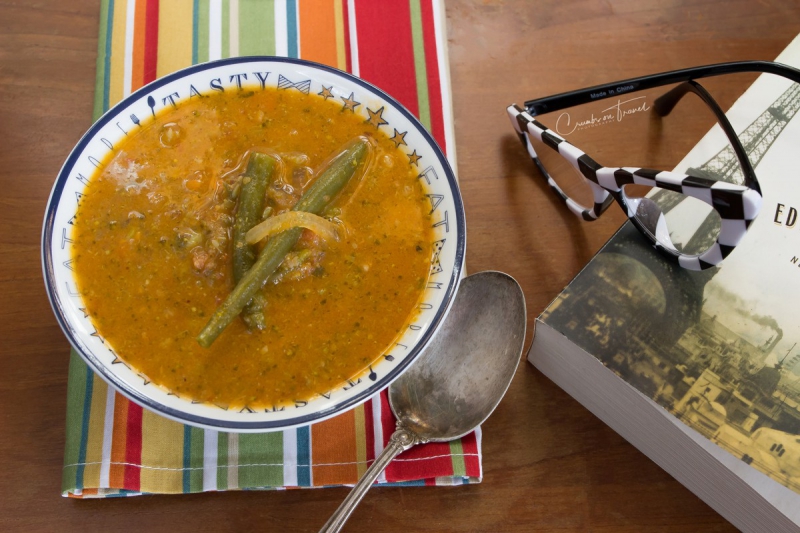


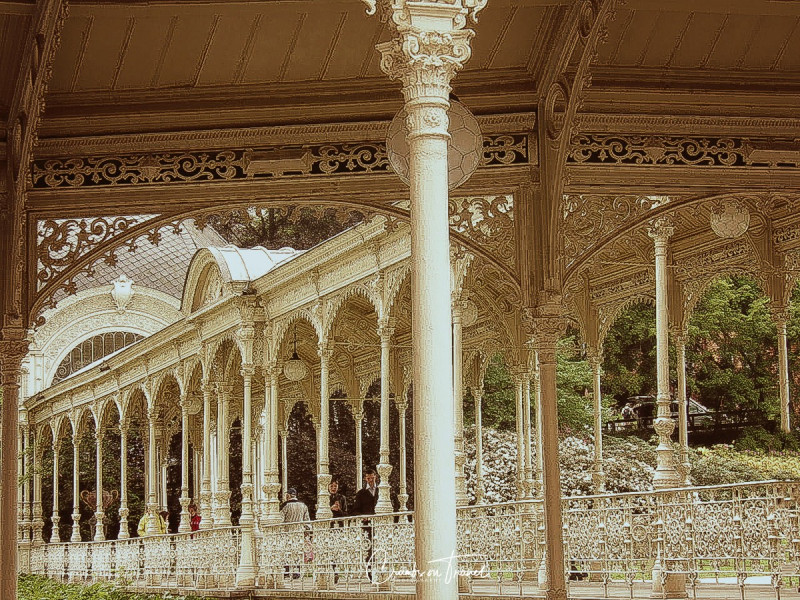
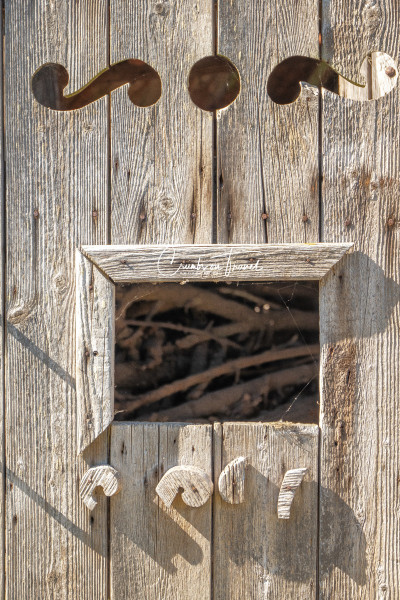
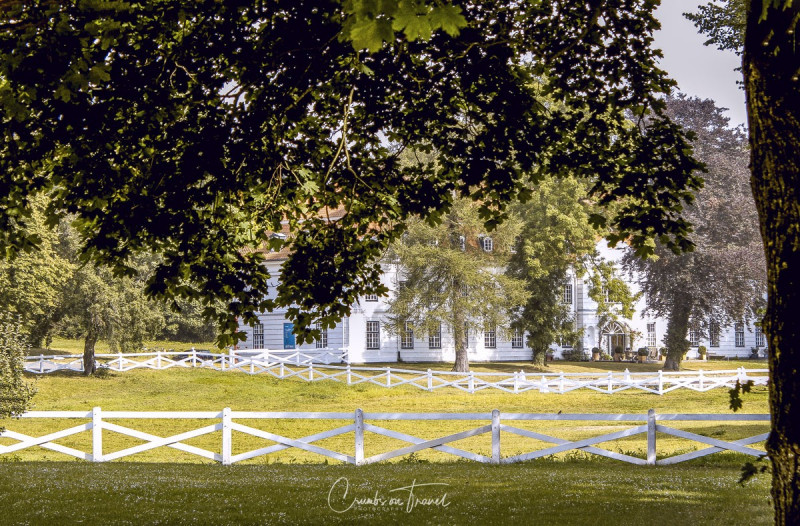
Very interesting. Photos wonderful, as always.
Thank you, Don! You are right, it was a very interesting walk, should do more like this.
What an interesting city! And all of the side bars are fascinating too. Love the historical perspective and the architecture of olden days. What a privilege to see it from your eyes.
Thank you Diane! You are welcome any time here.. just let me know!